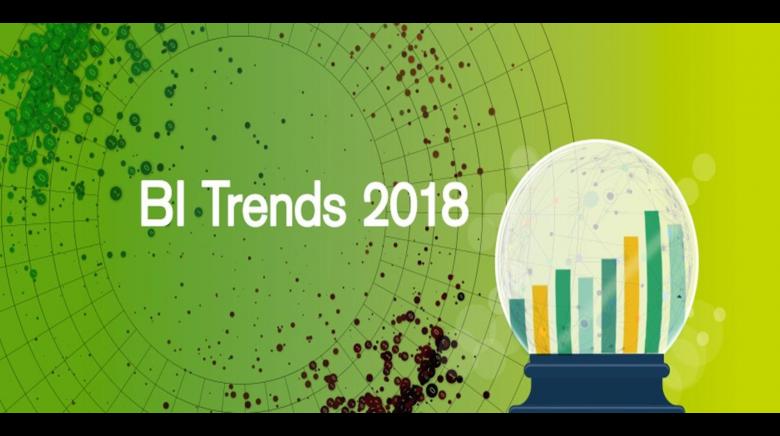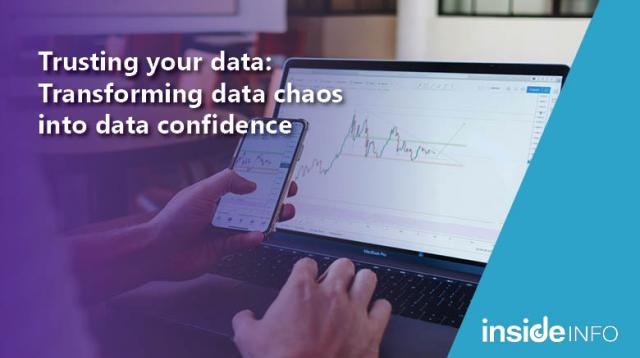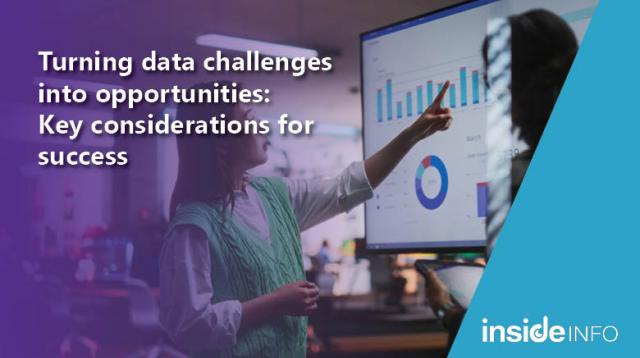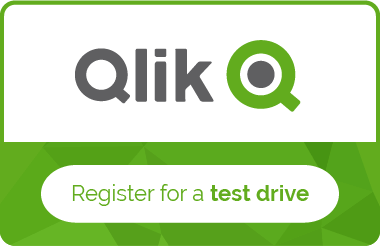
Usually at this time of the year we’re inundated with trends to account for the rapidly changing Business Intelligence (BI) landscape and what this means for organisations moving into the start of a new year. Qlik’s global market intelligence team have revealed what they believe are key BI trends that businesses should take note of, particularly with an emphasis on the “de-silofication of data”. Qlik have identified 11 emerging BI trends, but let’s take a look at a few of them that can make it possible for businesses to operate at the next level. But first...
What Is Data De-Silofication?
Many companies have found their own way of connecting data, people and ideas. What sets them apart is how they take these fragments of systems and data out of their silos (department, an individual, a location etc) and connect this data quickly in a governed way, to use this information to fuel smarter business decisions. So that said what technology or behavioural changes are facilitating this.
Trend 1: Data Literacy Will Gain Company-Wide Priority
Analysts like Gartner predict that companies will and need to, take a more structured approach to increasing data literacy across the entire organisation. No longer just a focus for insights, finance and IT teams. Gartner in fact predict that “by 2020 80% of organisations initiate deliberate competency development in the field of data literacy, acknowledging their extreme deficiency.” In a data literacy survey that Qlik did in September 2017, nearly 50% of workers are struggling to differentiate between what the data is telling them. But there’s an appetite for employees to learn here, as 65% said they would be willing to invest more time and energy into improving their data skillset given the chance.
Nearly 50% of workers are struggling to differentiate between what the data is telling them.
Trend 2: Data Gets Edgy
Due to the increased number of use cases of data, especially around IoT, offline mobile and immersive analytics, we’ll see a dramatic increase in organisations running workloads locally on a variety of devices instead of through public data centres. Gartner believe that by 2022, as a result of digital business projects, 75% of enterprise-generated data will be created and processed outside the traditional centralised data centre or cloud, an increase from less than 10% generated today.
Trend 3: New Ways Of Data Cataloging
In 2018, new ways of cataloguing data will be more deeply integrated with the data preparation and analysis experience. This will help bring it to a broader audience that is able to easily combine governed corporate data, data lakes and external data as a service.
Trend 4: The Need For Interoperability
Companies are looking for fit-for-purpose software systems rather than a single-stack approach. So in saying this, analytics platforms need to be open and interoperable, with extensibility, embeddability and with modern APIs. This will shift analytics to become more embedded within workflows.
Trend 5: Blockchain Hype Will Drive Applications Beyond Cryptocurrencies
New techniques are emerging for processing, managing and integrating distributed data, making the location of data an increasingly smaller factor in information strategies. This means ideas can be inspired by blockchain and peer-to-peer technologies. Initially connectivity to the blockchain ledger will have benefits. But ultimately, the value might lie in the ability to verify lineage and authenticity of data using blockchain technology.
Trend 6: Analytics Becomes Conversational
The use of analytics has traditionally been focused on drag-and-drop style dashboard list boxes and/or visualization. While there continues to be value in this, there are new approaches available called “conversational analytics”, simplifying the analysis, findings and storytelling so that users more easily get to that one critical data point. This can include natural language query, processing and generation augmented by search and voice. This can be helped through virtual assistants and chatbots through API integration, provide a new means of interaction.
Trend 7: Augmented Intelligence Changes Users Into Facilitators
In its current state, the most effective use of Artificial Intelligence (AI) is applying it to a diverse but specific set of problems. But in 2018 and beyond, blending AI with technologies such as intelligent agents, bots, and automated activities, along with traditional analytical tools such as data sets, visualisation, dashboards, and reports will make data more useful. That alone, however, isn’t enough. Instead, a system where machine intelligence and humans participate in a broader ecosystem, and the exchange and learnings that happen between them, is known as augmented intelligence.
With all these trends, governance, security & data qualityare becoming more crucial initiatives in an increasingly challenging environment. But to thrive in the analytics economy, organisations need novel ways of doing that while also addressing progressively distributed environments. Leveraging a truly open platform with an ecosystem harnessing the latest emerging trends, technologies, and methods will bring together data, people, and ideas. This will lead to more data literate users, innovation, and augmented intelligence — helping to successfully integrate data into our lives.
To see the full list of the top 11 BI Trends for 2018 identified by Qlik, download the ebook below.





